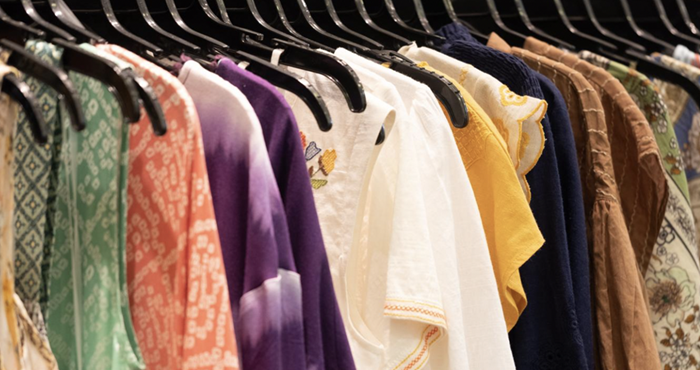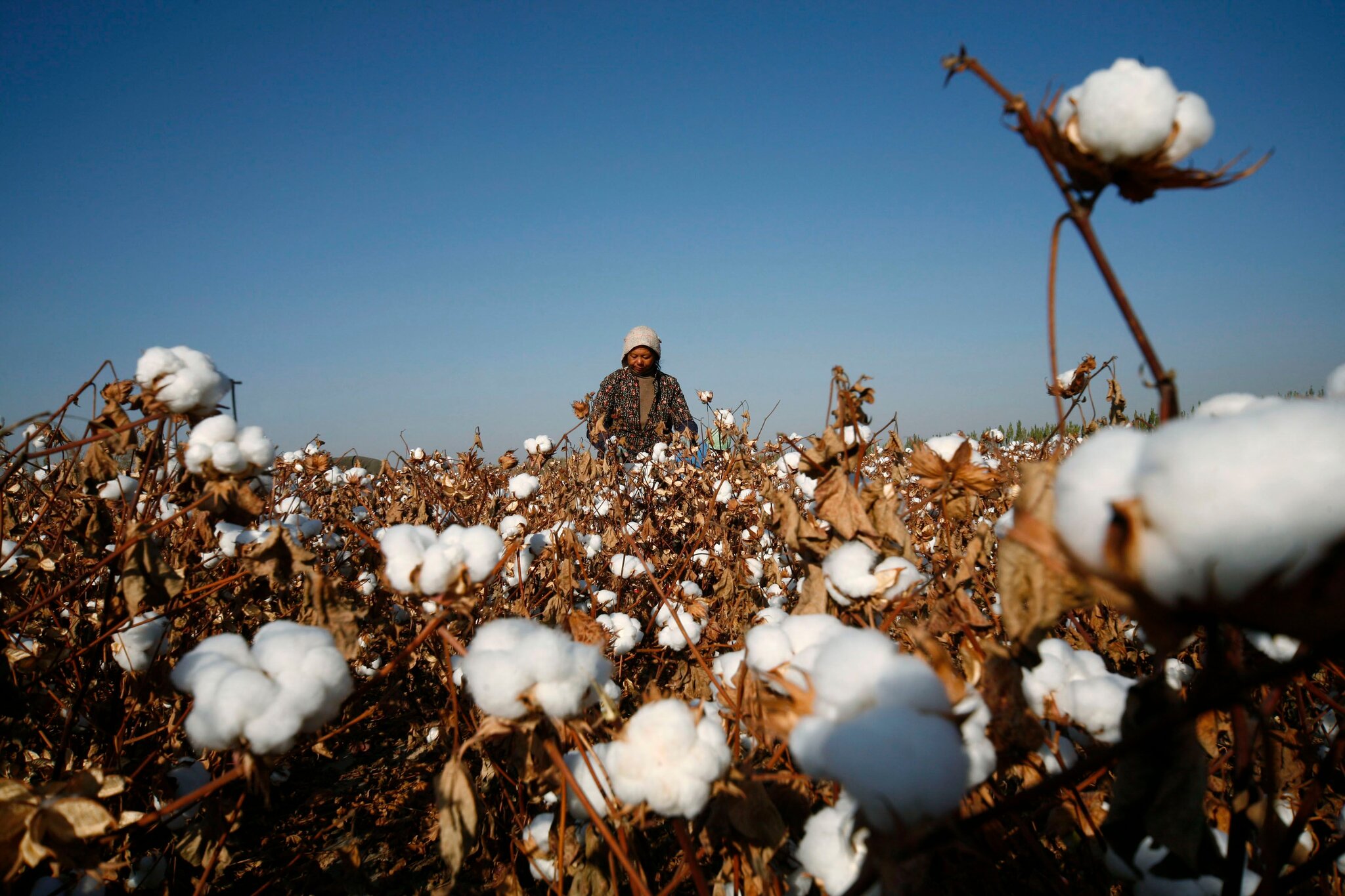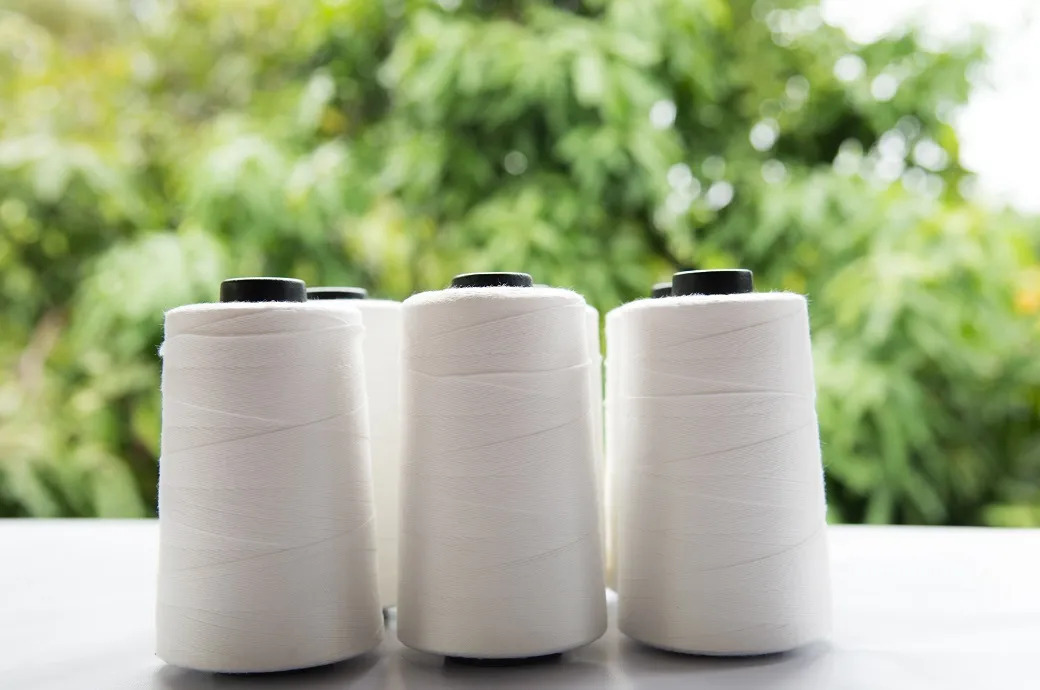
The fate of our old clothes is often shrouded in misconception. A widely held belief suggests that most donated garments are unceremoniously dumped in landfills, adding to the mounting environmental crisis. However, a new white paper titled “Beyond the Landfill Myth: Mapping the True Journey of Secondhand Clothing” by Bank&Vogue ltd/LTÉE reveals a more optimistic picture. Rather than ending their lifecycle in waste, a significant portion of secondhand clothing embarks on a global journey of reuse, resale, and recycling, contributing meaningfully to environmental sustainability and economic resilience.
This new narrative is not just about salvaging textiles; it’s about rethinking our relationship with fashion consumption, and recognizing the complex global networks that give our old clothes new life.
Global flows and destinations, mapping the trade
The trade of secondhand clothing operates through an extensive, transcontinental web of exchange. According to data from UN Comtrade, the US, Canada, Germany, and the UK are the world’s largest exporters of used garments. On the receiving end, countries such as Pakistan, Ghana, Kenya, Chile, and India serve as significant importers.
Once these clothes reach their destination, local businesses spring into action. Garments are meticulously sorted—items in good condition are sold in bustling resale markets, while damaged pieces are repurposed as industrial wiping cloths, mattress stuffing, or raw materials for textile recycling. In regions like East Africa, the influence is profound: the Mitumba Consortium Association of Kenya estimates that 60-80 per cent of the population wears secondhand clothing. The Global Fashion Agenda’s 2023 report, supports this trend, revealing around 73 per cent of globally collected secondhand clothes are either reused or recycled, decisively challenging the widespread belief that they are simply discarded.
Secondhand economies in action
Several countries stand out for their innovative and effective integration of secondhand clothing into local economic and environmental systems.
Kantamanto Market, Accra, Ghana
A cornerstone of West Africa’s used clothing industry, Kantamanto Market employs over 30,000 people. Every week, millions of garments are sorted, sold, or transformed, creating not only employment but also a strong mechanism for textile reuse. The OR Foundation, working within this ecosystem, supports tailors and creatives who specialize in upcycling otherwise unsellable textiles.
Iquique Free Trade Zone, Chile
In Chile, over 59,000 tons of used clothing are imported each year much of it via the Iquique Free Trade Zone. While the Atacama Desert has gained notoriety as a dumping ground, the broader narrative reveals substantial efforts to create value from waste. Local businesses redistribute clothing across Latin America and explore recycling innovations to mitigate environmental impacts.
Panipat, India
Known globally for its wool recycling industry, Panipat is a beacon of circular manufacturing. Used textiles from the West are shredded and re-spun into yarn, which is then used to make affordable blankets and garments. These products not only serve domestic needs but are also exported, highlighting how secondhand materials can be reincorporated into the global supply chain with economic and environmental benefits.
Measuring the gains
The secondhand clothing trade is more than just a charitable gesture—it delivers measurable benefits to both people and the planet.
Waste reduction
The UK-based WRAP (Waste and Resources Action Programme) reports that extending the life of a garment by just nine months can slash its carbon, water, and waste footprints by 20–30 per cent. This clearly illustrates how reuse can be a powerful tool in addressing fashion’s environmental toll.
Employment generation
From sorters in India to transport workers in Canada, the secondhand economy supports a vast and diverse workforce. Millions of livelihoods depend on this trade—especially in developing countries where resale markets and upcycling initiatives are often community cornerstones.
Circular economy integration
Entities such as SMART (Secondary Materials and Recycled Textiles Association) and EuRIC (European Recycling Industries’ Confederation) advocate secondhand clothing as a key pillar of circular economic models. Their research underscores that reuse has the lowest environmental impact of all post-consumer textile pathways, beating even recycling in sustainability metrics.
What lies ahead
Despite numerous advantages, the secondhand clothing ecosystem is not without challenges. Overconsumption in the West continues to generate excessive volumes of discarded garments, many of which cannot be absorbed efficiently by recipient markets. Infrastructure gaps in local recycling and upcycling capacities further compound the issue. Also, political resistance—such as proposed import bans in parts of East Africa—threatens to disrupt the trade’s economic and environmental benefits.
To address these concerns, the white paper recommends:
• Improved sorting systems: Ensuring that only usable clothing is shipped can reduce waste and improve efficiency.
• Investment in infrastructure: Local governments and international stakeholders must collaborate to build upcycling and recycling facilities.
• Awareness and education: By informing both consumers and policymakers of the real lifecycle of garments, we can shift mindsets away from disposal toward sustainability
Rethinking fashion’s afterlife
The journey of a secondhand garment is far from a straight path to the dump. It is a story of transformation—of economic opportunity, environmental stewardship, and global interconnectedness. As the white paper argues, rather than vilify the trade in used clothing or underestimate its impact, we must embrace it as a critical component of a more circular and sustainable fashion future.
Optimizing the secondhand system—through smarter donations, better infrastructure, and informed policy—offers a tangible way to reduce fashion waste, empower communities, and mitigate climate change. Your old T-shirt isn’t just a relic of past trends; it’s a building block for a more sustainable world.












